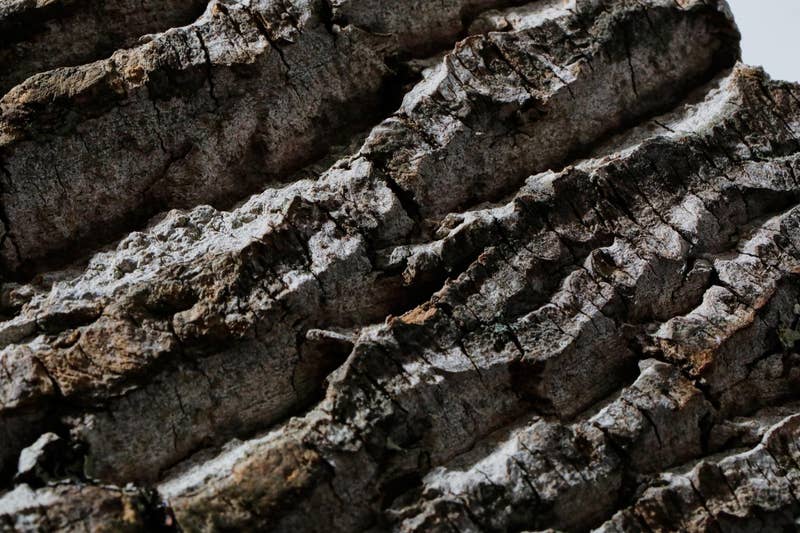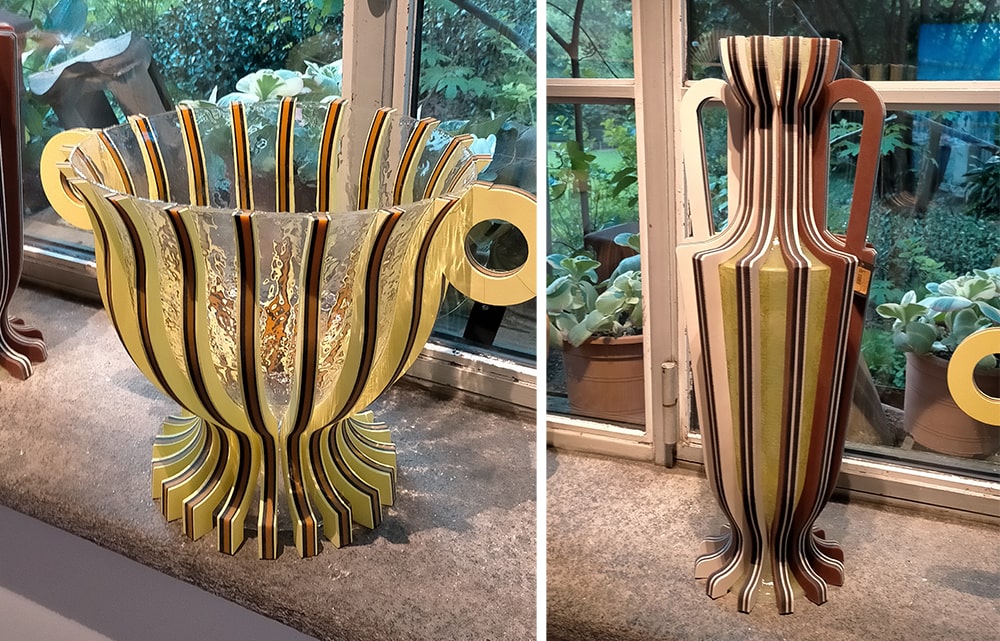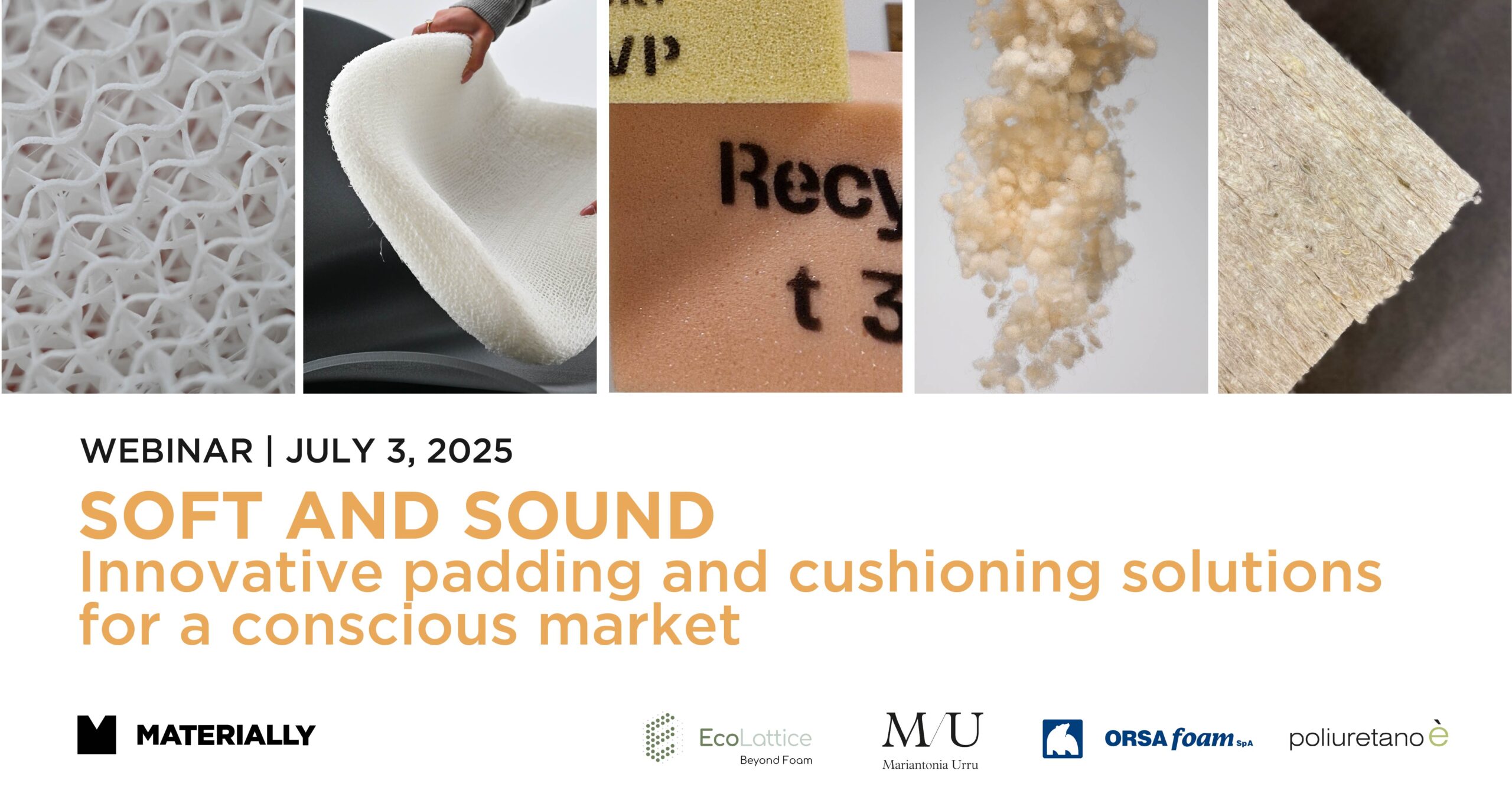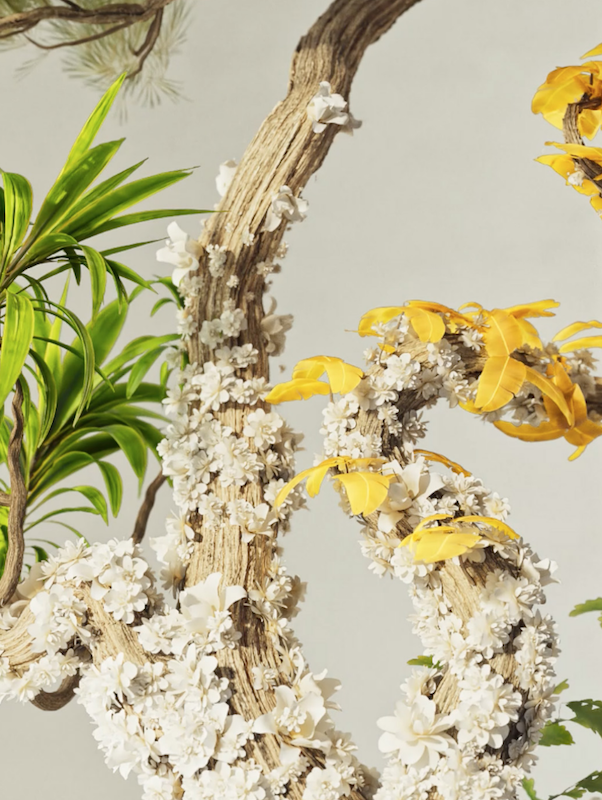
Promoting the sense of care and longevity of materials in product design thanks to NFT technology
Addressing sustainability has been a key focus in the wood & furniture industry in recent years. Not only by the development of new, simpler products with easy maintenance and multifunctional designs, but also thanks to the creation of certified chain of custody, companies have increasingly shifted their attention towards the sourcing of their raw materials and traceability of their products.
Has this been enough so far?
We definitely know that other factors such as longevity and end-of-life management need to be taken into account. What if innovative approaches could come from the high-tech world?
IKEA is currently developing via its Research and Design Lab SPACE10 a digital, creative design project based on a physical wooden product, the wooden chair of the FRÖSET series, and an associated NFT. As customers purchase the physical product, they also get access at the same time to a unique, digital artwork of a tree (initially in the form of a seed), by activating an associated code that is used to mint an NFT on the blockchain.
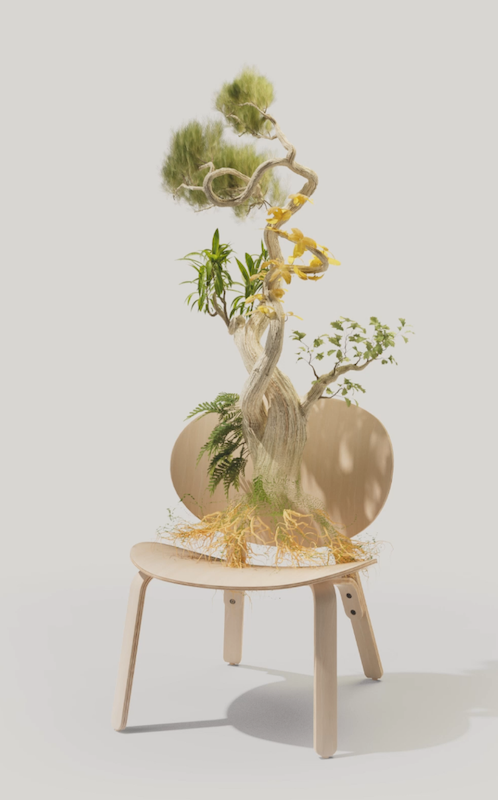
The activation of the NFT defines its unicity and, the longer a customer owns a chair, the more the digital seed grows together, thus promoting the sense of care and longevity towards the products. Moreover, if someone decides to re-sell or trade the product, the buyer will also inherit the associated NFT that will then ensure or “certify” the history of the product itself.
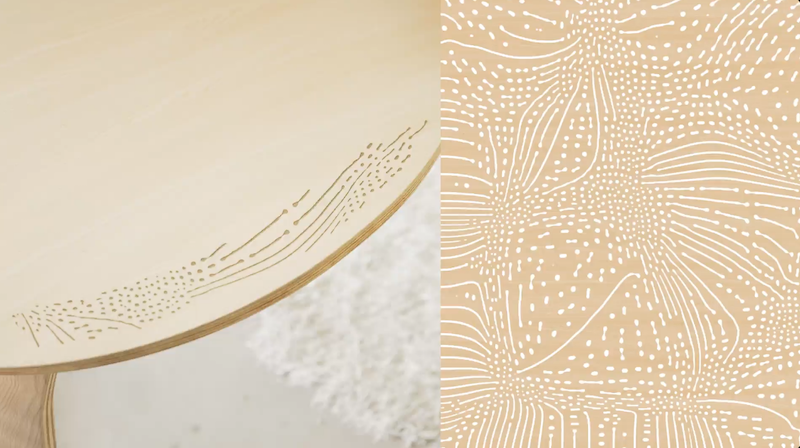
Without digging too much into the details of the NFT technologies, the interesting aspect of this design concept is its potential to promote a more sustainable relationship of the customer with the product by merging the physical and digital dimensions
Marketing and design seem to be at the threshold of a new approach to consumer goods, one where care, environmental and process awareness are key values to be nurtured together with and beyond products themselves. Emotions tap into rationality and vice versa. A qualitative relationship to objects reminiscent of a pre-disposable era gets thus projected into the future by means of digital technologies. May this be the true art side of NFTs?

